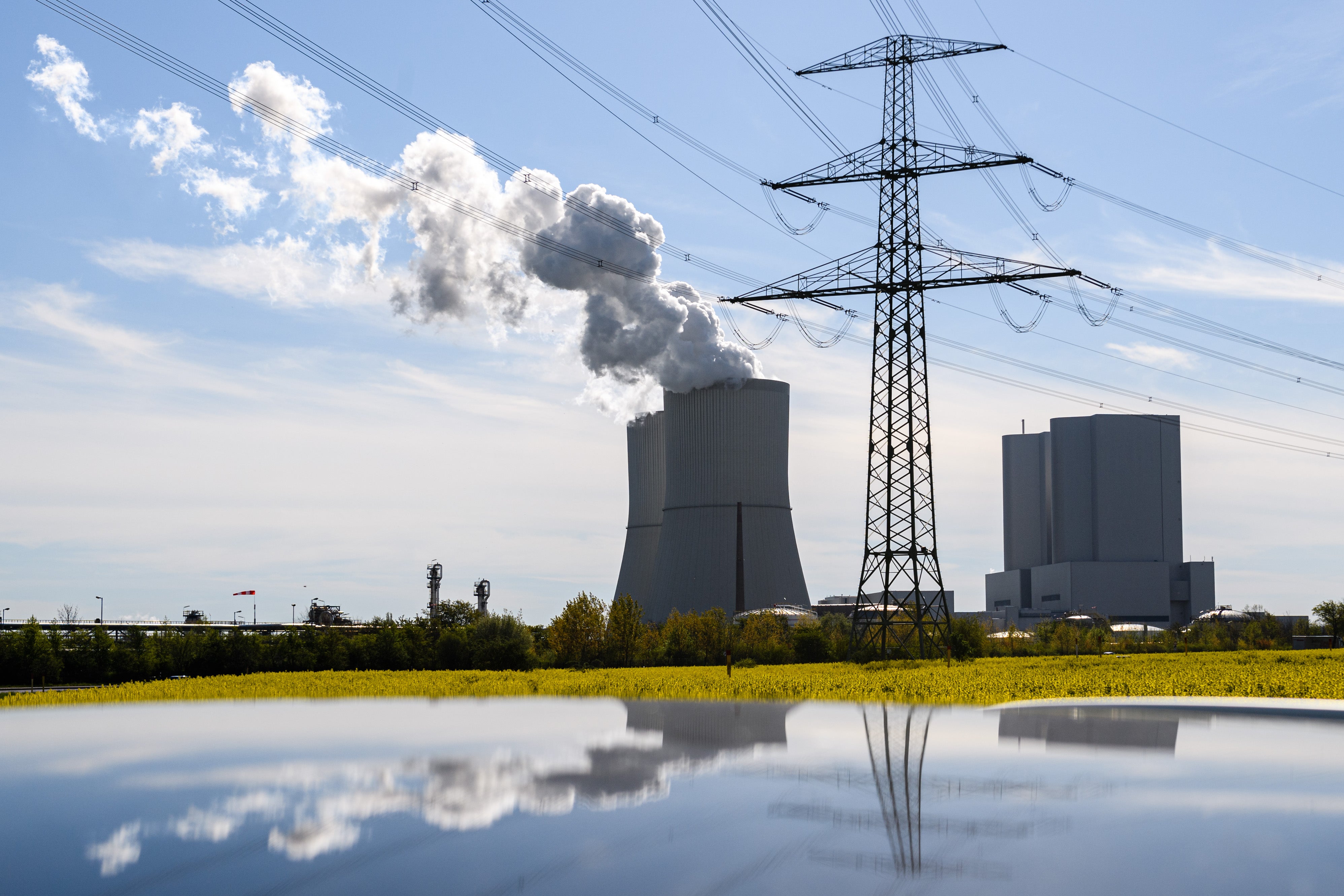More than half of European cities still have dirty air, new data shows
‘Air pollution remains stubbornly high,’ says environmental expert

More than half of European cities still have dirty air despite the improvements seen in recent years, new data reveals.
The European Environment Agency (EEA) discovered that only 127 of the 323 of the cities it surveyed had passable air conditions, with fine particulate matter (PM2.5) concentrations below 10 μg/m3.
Long-term exposure to PM2.5 - which are tiny particles less than 2.5 micrometres in diameter - can cause cardiovascular and respiratory diseases. The EU says PM2.5 levels should not rise above 25μg/m3 for health reasons.
However, the EEA found that five cities in Croatia, Italy and Poland had higher pollution figures than this. The top three offenders were Nowy Sacz in Poland, Cremona in Italy and Slavonski Brod in Croatia.
At the opposite end of the spectrum, the European cities with the cleanest air were Umeå in Sweden, Tampere in Finland and Funchal in Portugal.
The data can be viewed on the EEA’s new city air quality viewer, which ranks places based on pollution averages over a two-year period from 2018 to 2019.
Not every country is included, with the UK absent because it chose not to join up to the bloc’s environment watchdog after Brexit. Cities without monitoring stations are also excluded from the data set.
Speaking of the latest findings, Hans Bruyninckx, EEA’s executive director, said “air pollution remains stubbornly high in many cities across Europe”.
He believes the EEA’s new tool “provides concrete and local information which can empower citizens towards their local authorities to address the issues”.
“This will help all of us in achieving the EU’s zero pollution goals,” Mr Bruyninckx added.
In its latest annual air quality report, the EEA said fine particulate matter was responsible for 417,000 premature deaths in 41 European countries in 2018.
Research published in April suggested that PM2.5 pollution from European coal-powered plants could cause 37,600 excess deaths each year.
Dr Jonilda Kushta, the study’s lead author and a research scientist at the Climate and Atmosphere Research Centre at The Cyprus Institute, told The Independent that phasing out coal-plant emissions “would make a major contribution to the improvement of public health”.
Join our commenting forum
Join thought-provoking conversations, follow other Independent readers and see their replies
Comments